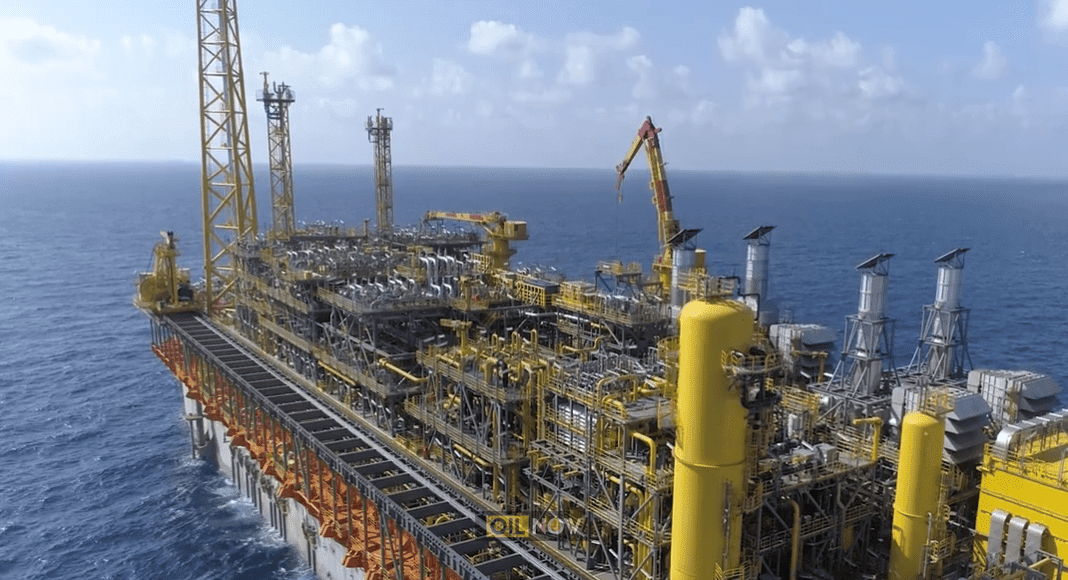Future deepwater oil fields will enjoy twice the average estimated ultimate recovery (EUR) of fields already onstream and Guyana and Brazil are at the top of the list, according to consultancy group, Wood Mackenzie.
In a new report, WoodMac said growth from deepwater is much faster than from upstream overall, with production set to rise from 10 mmboe per day in 2021 (6% of global supply) to over 17 mmboe per day by 2030 (10%).
“We expect almost half of the oil and gas reserves being sanctioned for development over the next five years to be in deepwater. Exploration will doubtless add more,” the consultancy group said.
The sector’s outperformance stems from its reservoir fundamentals. Deepwater is no place to tackle marginal rock properties or difficult fluids. With few exceptions, the industry has chosen to develop only its best reservoirs. These allow high flow rates and exceptional EUR per well.
WoodMac said deepwater’s advantage over non-deepwater is spectacular, with each well producing substantially more reserves than development wells in shallow water or onshore. EUR in deepwater averages 12 mmboe for oil wells and 43 mmboe for gas wells. That compares with the global industry average EUR of less than 1 mmboe per well.
This advantage is about to get even better. Future deepwater oil fields will enjoy twice the average EUR of fields already onstream. WoodMac said the high performance of deepwater oil wells is not a symptom of over-optimistic project plans overdue for a dose of reality. “Instead, it largely reflects the industry’s recent exploration success, which has led to opening reservoirs in new basins such as Guyana and Brazil’s Santos which are the best EUR performers in the industry. Technology gains and portfolio high-grading are also contributing factors.”
More penetrations in Santonian could push Guyana oil resources even higher
Higher EUR means fewer wells are needed. That’s critically important because deepwater wells and associated subsea equipment are expensive and typically amount to more than half of project capital expenditure. Fields with fewer wells enjoy lower costs, faster cycle times and better breakeven prices.
This economic advantage also correlates with carbon advantage. Most flagship, high-EUR deepwater developments now contribute strongly to corporate emissions intensity targets.
Reservoirs offshore Guyana rank among the highest quality in the world with high porosity and permeability and are expected to deliver very high recovery factors and production rates. The wells can also be drilled in approximately one third of the time and cost of those in the deepwater Gulf of Mexico.
The South American country accounts for over 70% of ExxonMobil’s new proven reserves placing it way ahead of its peers for new discovered volumes. The 1 billion barrels discovered last year in Guyana came down from 3 billion barrels just a year earlier, in 2019, following a trend that has seen a steady annual increase in exploration drilling at the Stabroek Block, since 2015.




